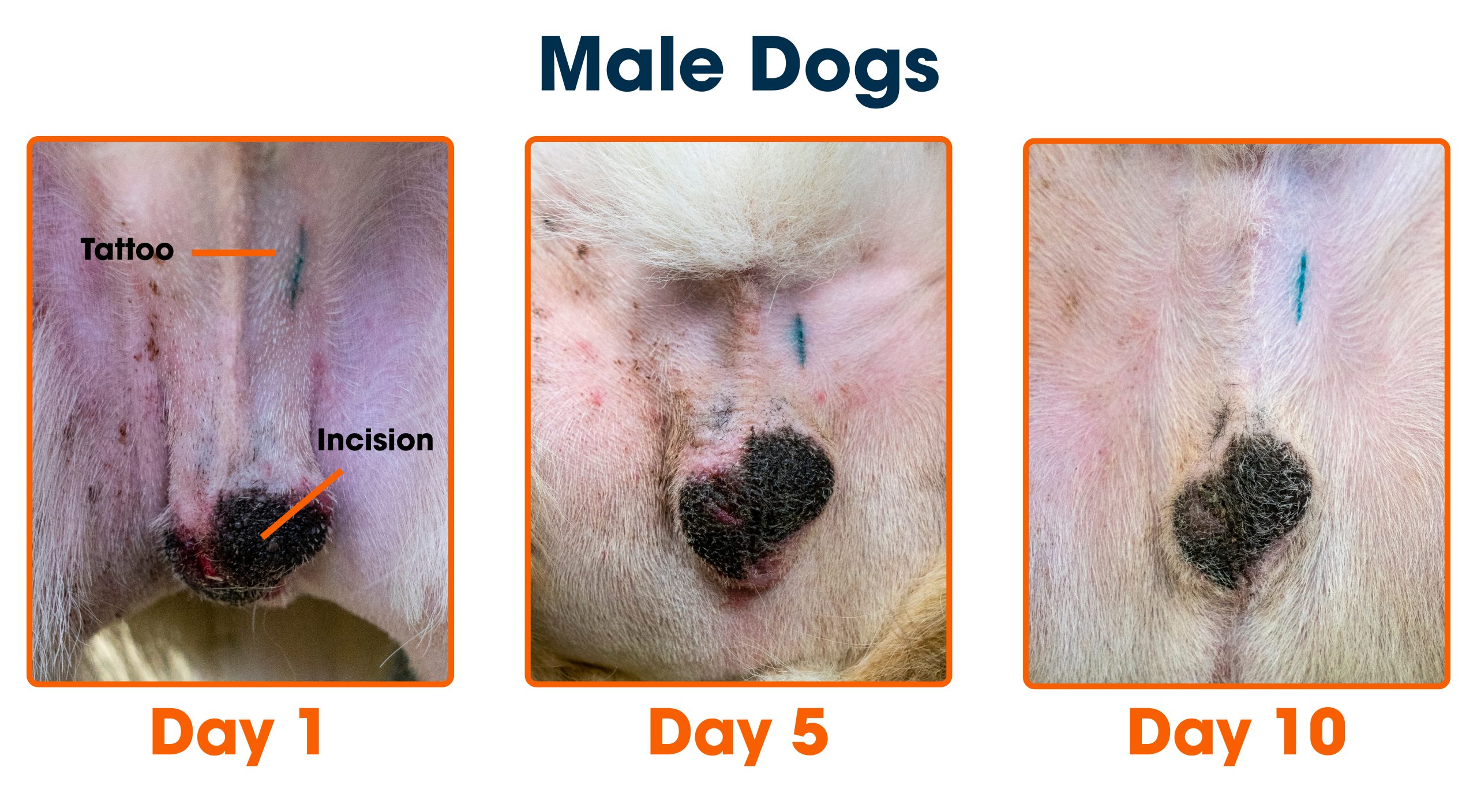Are you curious about turning your love for dogs into a rewarding career? If you’re wondering, “How much does a dog obedience trainer make a year?” you’re not alone.
Understanding the earning potential can help you decide if this path fits your goals and lifestyle. You’ll discover key factors that affect income, what you can realistically expect to earn, and tips to boost your paycheck. Keep reading to find out how your passion for training dogs can also bring in a steady income.
Salary Overview
Understanding how much a dog obedience trainer makes annually can help you decide if this career fits your financial goals. Salary varies widely based on several factors, from experience to location. Let’s take a closer look at the numbers and what influences them.
Average Earnings
The typical dog obedience trainer in the United States earns between $30,000and $60,000per year. Entry-level trainers often start at the lower end of this range, while seasoned professionals can exceed $70,000 annually.
Freelance trainers who manage their own businesses might see even higher earnings depending on their client base and reputation. Some trainers supplement their income by offering group classes, private sessions, or online coaching.
Have you considered how offering specialized training, such as for service dogs or therapy animals, could impact your earnings? These niches often command higher rates.
Factors Affecting Income
- Experience:More years in the field typically mean higher pay. A trainer with a solid track record can charge premium rates.
- Location:Trainers in urban areas or regions with higher demand often earn more. The cost of living also plays a role.
- Certification and Skills:Holding certifications from recognized organizations boosts credibility and income potential.
- Business Model:Whether you work for a company, run your own training school, or offer online courses affects your salary.
- Clientele:Working with high-end clients or specialized dogs can increase your fees and overall earnings.
Think about your own situation—how can you leverage your strengths to maximize your income? Identifying what sets you apart is key to making more money in this field.

Credit: www.instagram.com
Regional Differences
Dog obedience trainers’ salaries can vary widely depending on where they work. Location affects demand, cost of living, and client willingness to pay for training services. Understanding these regional differences helps you set realistic income expectations or decide where to build your career.
High-paying Locations
In major cities like New York, San Francisco, and Los Angeles, dog obedience trainers often earn more than the national average. These urban areas have a higher number of pet owners with disposable income willing to invest in professional training. Additionally, trainers in affluent suburbs around Washington D.C. and Boston can also command premium rates.
The cost of living in these places pushes trainers to charge more, but it also means you can make a better living if you find the right clients. Have you considered how your pricing strategy might change if you moved to a high-demand city? It’s worth thinking about because your earnings can increase by 20-30% in these locations.
Low-paying Areas
Rural areas and smaller towns generally offer lower salaries for dog obedience trainers. Here, the number of clients is smaller, and pet owners may have less money to spend on training. Trainers might find themselves working more hours for less pay compared to those in metropolitan areas.
However, this doesn’t mean you can’t succeed. Some trainers in low-paying regions expand their services, such as offering group classes or online coaching, to increase income. Could diversifying your offerings be the key to making a comfortable living where you are?
Experience And Skills
Experience and skills are key factors in determining a dog obedience trainer’s annual income. Trainers who have strong skills and more years of practice usually earn higher salaries. Understanding how experience affects pay helps those interested in this career plan better.
Entry-level Salaries
New dog obedience trainers often start with lower pay. Entry-level salaries typically range from $25,000 to $35,000 per year. This range reflects limited experience and basic training skills. Many beginners work under supervision or assist senior trainers. Building a good client base takes time at this stage.
Income Growth With Experience
With more experience, trainers can charge higher fees and get better job offers. Skilled trainers with five or more years of experience may earn $40,000 to $60,000 annually. Specialized skills, such as training aggressive dogs or competition preparation, increase earnings further. Trainers who build strong reputations often see steady income growth.
Specializations And Certifications
Specializations and certifications play a crucial role in shaping the career and earnings of a dog obedience trainer. They not only highlight expertise but also build trust with clients, which can translate into higher income. Understanding how these elements impact your professional growth can help you make informed decisions about your training path.
Impact Of Specializations
Specializing in areas like aggression management, service dog training, or puppy behavior can set you apart from general trainers. Clients often seek trainers who can handle specific challenges, allowing you to charge premium rates.
For example, trainers focusing on service dogs might work with organizations, securing steady, well-paid contracts. Meanwhile, those specializing in behavioral issues may see more repeat clients and referrals.
Have you considered which niche fits your skills and interests? Choosing the right specialization can boost your reputation and income significantly.
Role Of Certifications
Certifications from recognized bodies like the Certification Council for Professional Dog Trainers (CCPDT) add credibility. They show clients you have met certain standards and keep your skills up to date.
Certified trainers often earn more because clients trust their knowledge and methods. Additionally, some employers or training facilities require certifications before hiring.
Keeping certifications current also signals commitment, which can encourage clients to invest in your services long-term. What certifications could you pursue to strengthen your professional profile?
Employment Types
Dog obedience trainers work in various employment settings. These settings affect their earnings and work style. Understanding the types of employment helps grasp how much trainers make annually.
Self-employed Vs. Salaried
Self-employed trainers run their own business. They set their rates and choose clients. Income can vary greatly based on reputation and client base. Expenses like equipment and marketing come out of earnings.
Salaried trainers work for companies or training centers. They earn a fixed salary or hourly wage. Benefits like health insurance or paid time off may be included. Income tends to be more stable but may have less flexibility.
Full-time Vs. Part-time
Full-time trainers work around 40 hours per week. They often earn higher annual incomes. Consistent work hours help build steady client relationships.
Part-time trainers work fewer hours and may have other jobs. Earnings are lower but offer more free time. Many start part-time to build experience or transition careers.

Credit: www.reddit.com
Industry Trends
The dog obedience training industry is evolving rapidly, influencing how trainers earn and grow their businesses. Understanding current trends helps you gauge potential income and career growth. Let’s look at some key shifts shaping this field.
Growing Demand
More pet owners are seeking professional help to train their dogs, leading to increased demand for obedience trainers. This rise is partly due to the growing awareness of the benefits of well-trained pets on both behavior and safety.
Trainers who specialize in popular methods or work with specific breeds often see higher client interest. Have you noticed how many people around you are investing in dog training? That’s a clear sign the market is expanding.
Technological Influences
Technology is changing how trainers connect with clients and deliver services. Online training sessions and apps for tracking progress are becoming common, allowing trainers to reach a wider audience.
This shift means you can potentially increase your income by offering remote lessons or subscription-based programs. Are you ready to add tech tools to your training toolkit and boost your earnings?
Career Advancement
Career advancement in dog obedience training is a key factor that influences how much you can earn each year. As you gain experience and improve your skills, new doors open up, allowing you to increase your income and professional satisfaction. Understanding the pathways to progress helps you plan your next move effectively.
Progression Opportunities
Starting as a basic dog trainer, you can move up to specialized roles such as behaviorist or therapy dog trainer. These positions often come with higher pay and more challenging work. You might also consider opening your own training school, which can significantly boost your earnings but requires business skills.
Have you thought about becoming a certified evaluator or a competition judge? These roles not only raise your profile but also add additional income streams. Many trainers expand their services to include online courses or personalized coaching sessions, which can attract more clients.
Education And Training
Ongoing education plays a crucial role in career growth and salary increases. Earning certifications from recognized organizations like the International Association of Canine Professionals or the Certification Council for Professional Dog Trainers can set you apart.
Attending workshops and seminars sharpens your techniques and keeps you updated on the latest training methods. Investing time in learning about animal psychology or canine nutrition can open niche markets. What new skills could you add to your toolkit that would make your services more valuable?

Credit: www.zumalka.com
Frequently Asked Questions
How Much Does A Dog Obedience Trainer Earn Annually?
A dog obedience trainer typically earns between $30,000 and $60,000 per year. Earnings depend on experience, location, and client base. Trainers with certifications or specialized skills may earn more. Freelancers and business owners can have variable incomes based on demand and marketing success.
What Factors Affect A Dog Trainer’s Yearly Salary?
Salary depends on experience, certifications, location, and client volume. Trainers in urban areas generally earn more. Specialized trainers, like those for aggressive dogs, can command higher fees. Reputation and additional services also boost income potential.
Do Certified Dog Trainers Make More Money?
Yes, certified trainers often earn higher salaries. Certification shows professionalism and expertise, attracting more clients. It can lead to better job opportunities and higher hourly rates. Certification also builds trust with pet owners.
Can Dog Obedience Trainers Increase Earnings With Private Clients?
Yes, private clients usually pay premium rates. Personalized sessions and flexible schedules add value. Trainers can charge more for one-on-one training and specialized programs. Building a loyal client base can significantly boost income.
Conclusion
A dog obedience trainer’s yearly pay varies widely. Experience, location, and client base all affect income. Many trainers start with lower earnings but grow over time. Some earn a steady full-time wage; others work part-time or freelance. Passion for helping dogs often drives trainers more than money.
Still, knowing typical pay helps set clear expectations. This career offers both challenges and rewards. Consider your skills and goals carefully before starting. Training dogs can be a fulfilling job with decent income potential.







